When Should You Request a Local Mold Inspection?
Mold growth in your home can be more than just an unsightly problem; it can pose significant health risks and cause severe damage to the structural integrity of your property. Mold thrives in damp, dark environments, often spreading unnoticed until it becomes a major issue. Identifying when to request a professional mold inspection is crucial to safeguarding both your health and your investment.
A local mold inspection can help detect mold in hidden areas, assess the extent of contamination, and provide guidance on the best course of action for remediation. In this blog post, we explore the essential scenarios that necessitate a mold inspection, helping you make informed decisions about when to take action against this common household menace.
Recent Water Damage
If your home has recently experienced any form of water damage—whether from a burst pipe, flooding, roof leaks, or plumbing issues—it's crucial to act promptly. Water intrusion provides the perfect environment for mold to thrive, often in hidden areas that are not immediately visible, such as inside walls, under flooring, or behind cabinets.
From our experience, we have found that mold can begin to develop within 24 to 48 hours in damp conditions, making it imperative to schedule a local mold inspection soon after any water-related incidents. Even if you believe the water has been completely removed, residual moisture can linger, allowing mold to take root. A professional mold inspector will use specialized equipment, such as moisture meters and infrared cameras, to detect hidden moisture and mold growth before it spreads further.
Unexplained Health Issues
One of the most concerning aspects of mold exposure is its impact on health. If you or your family members experience persistent respiratory issues, allergies, sinus congestion, chronic cough, headaches, or unexplained skin rashes, mold might be the culprit. Prolonged exposure to mold spores can lead to more severe conditions, particularly for individuals with asthma, allergies, or weakened immune systems. Mold-related health issues are often mistaken for common colds or seasonal allergies, making them easy to overlook. If symptoms persist despite medical treatment or improve when you leave the house, it’s a strong indication that mold may be present in your home.
Visible Mold Growth
Perhaps the most obvious reason to request a local mold inspection is the presence of visible mold growth. Mold can appear in various colors, including black, green, white, and even orange. It often grows in damp areas like bathrooms, basements, and kitchens, and it may be accompanied by a strong, musty odor.
However, visible mold on surfaces could indicate a deeper problem. If mold is growing on walls, ceilings, or floors, there’s a high chance that it extends beyond what you can see. Mold colonies often develop inside walls, beneath carpeting, and in HVAC systems. An inspection will help determine the full extent of the problem and provide professional guidance on remediation efforts.
Wet or Damp Basements
Basements are particularly vulnerable to mold growth due to their below-ground location, which makes them prone to moisture buildup. According to This Old House, 60% of U.S. homes have wet basements, and 38% are at risk of developing mold. Water can seep in through foundation cracks, condensation from pipes, or poor ventilation, creating the perfect environment for mold to flourish. If your basement has a history of dampness or water intrusion, a local mold inspection is a wise investment.
Buying or Selling a Home
A mold problem can be a deal-breaker in real estate transactions. If you're in the process of buying a home, it’s essential to include a mold inspection as part of your due diligence. Many home inspections do not include thorough mold testing, which means mold could go undetected until after the purchase is complete. For sellers, getting a mold inspection before listing your home can prevent last-minute surprises and potential buyer concerns.
Musty Odors With No Clear Source
Sometimes, mold isn’t visible, but it makes its presence known through a persistent musty odor. If you notice an earthy, mildew-like smell in certain areas of your home—especially in basements, crawl spaces, attics, or behind walls—it could be a sign of hidden mold growth. A professional mold inspector can locate the source of the odor and determine whether mold is present, even if you can’t see it.
Mold is a pervasive issue that can quietly wreak havoc on homes and health alike. Recognizing the situations that warrant a local mold inspection is vital for maintaining a safe and sound living environment. Whether you’re dealing with recent water damage, unexplained health issues, visible growth, a damp basement, or a real estate transaction, taking proactive steps can save you time, stress, and money in the long run.
If you suspect mold in your home, don’t wait until the problem worsens. ASAP Environmental Inc offers professional mold inspection services to help you detect and address mold issues before they become costly hazards. Contact us today for a comprehensive mold assessment and ensure a safe, healthy home for you and your family!
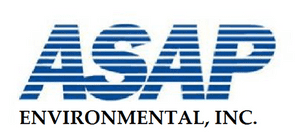
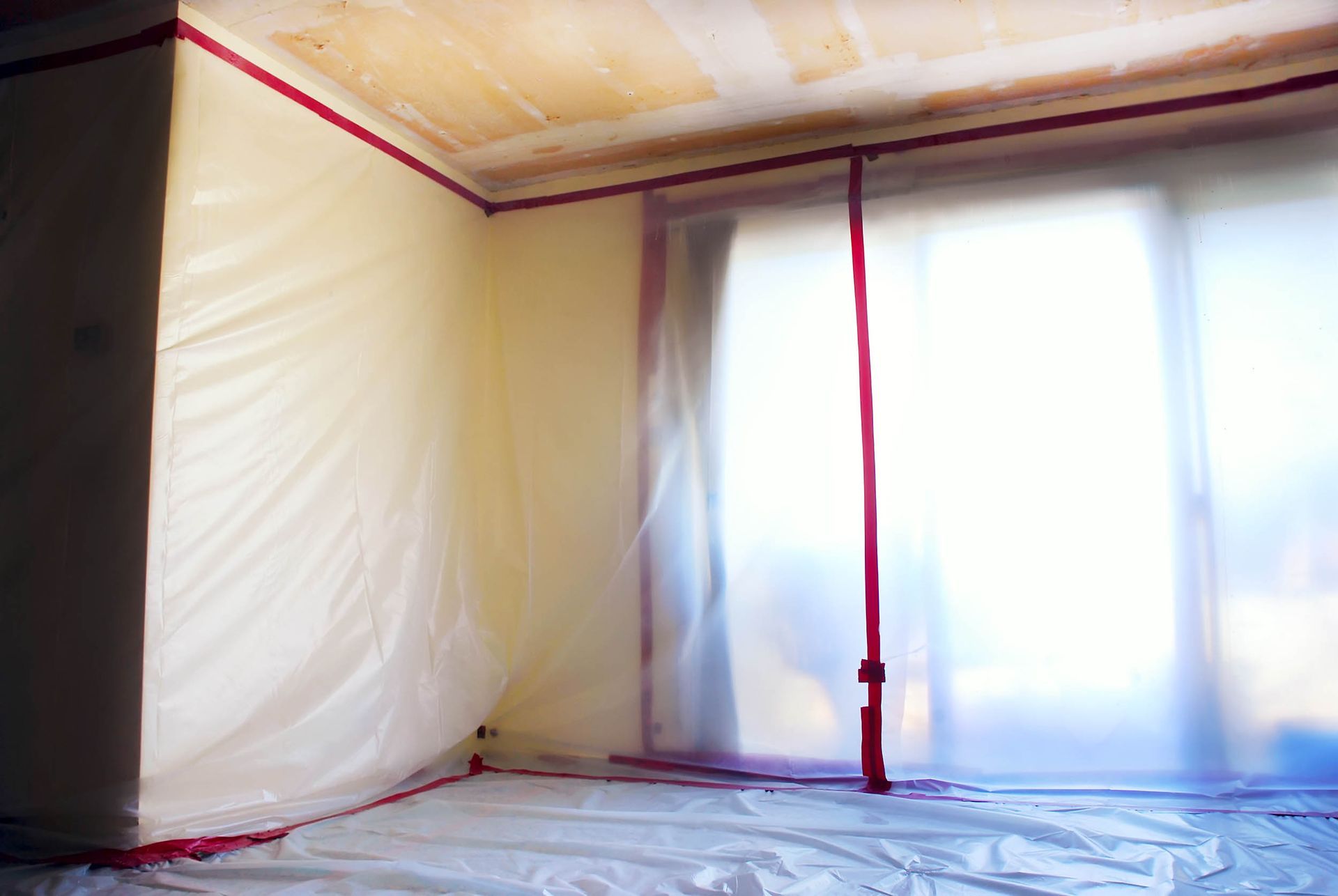
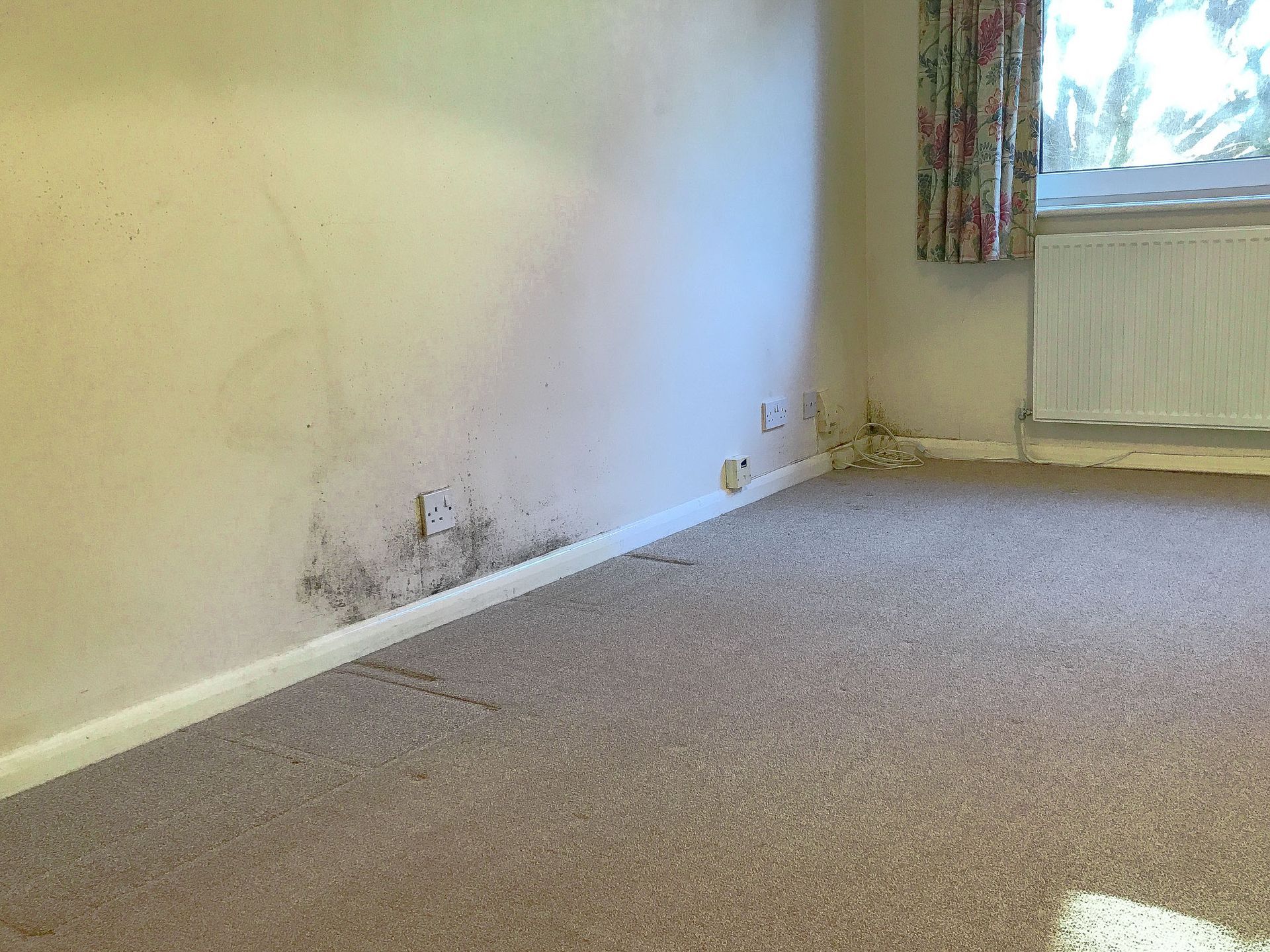
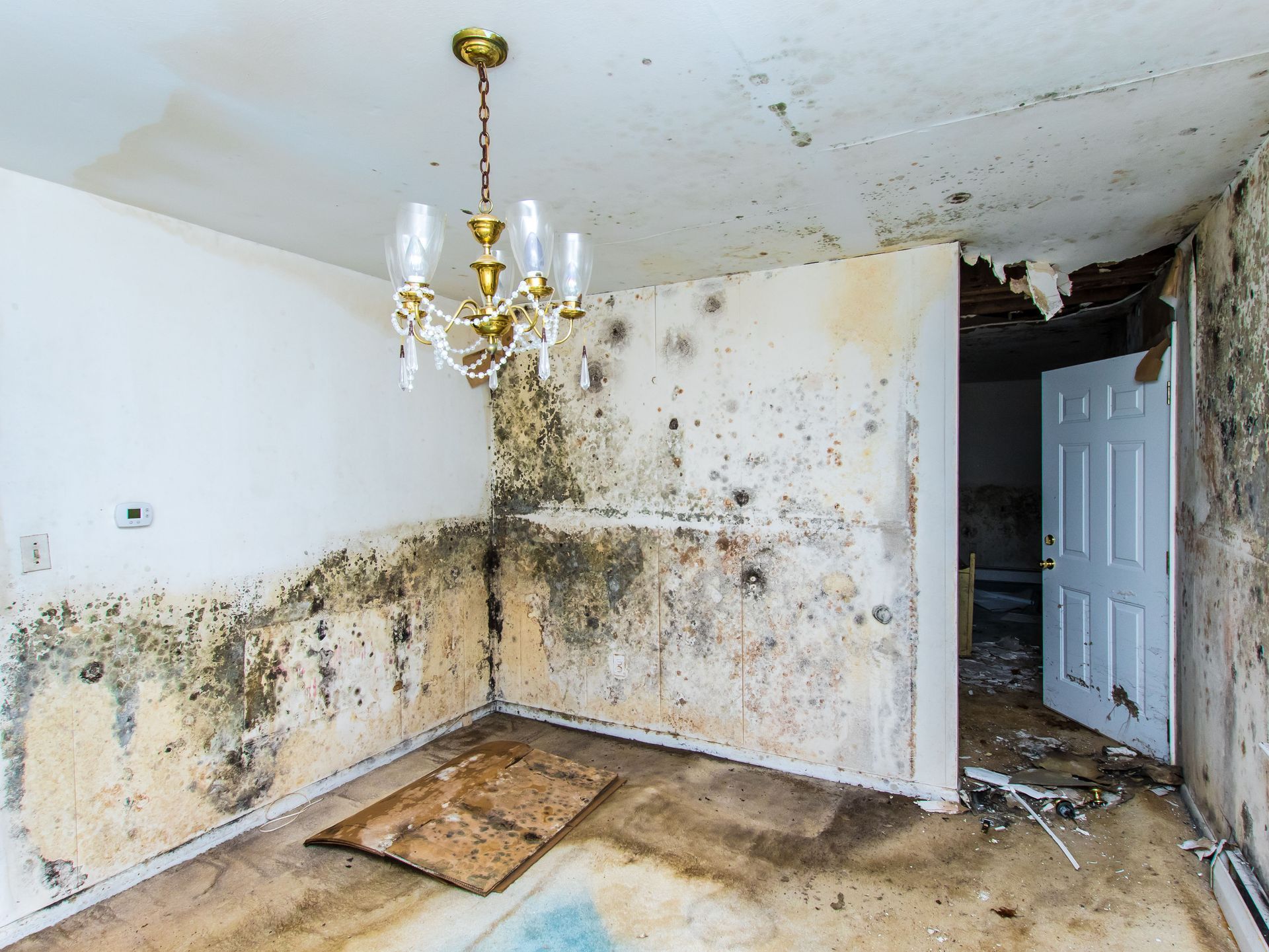
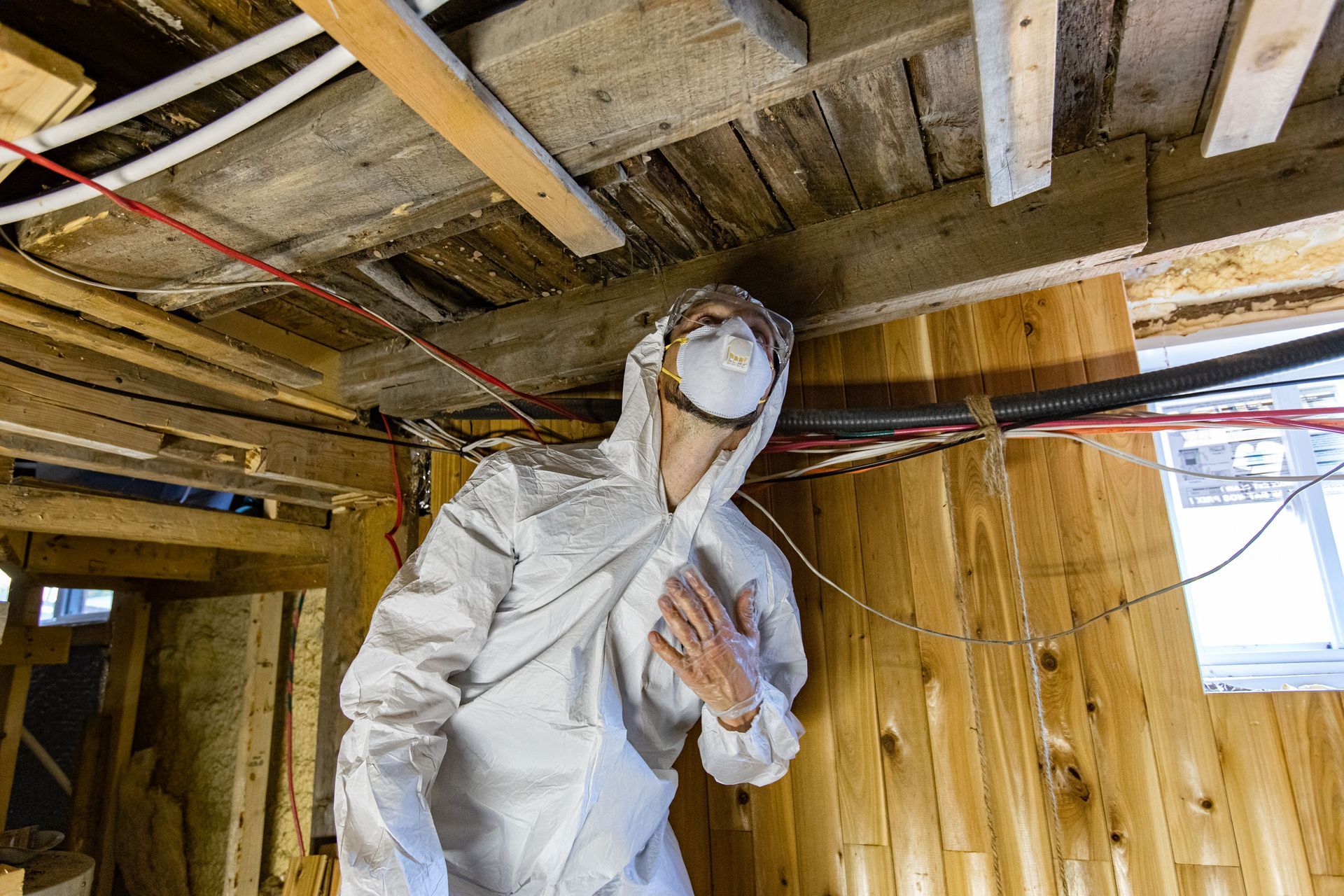
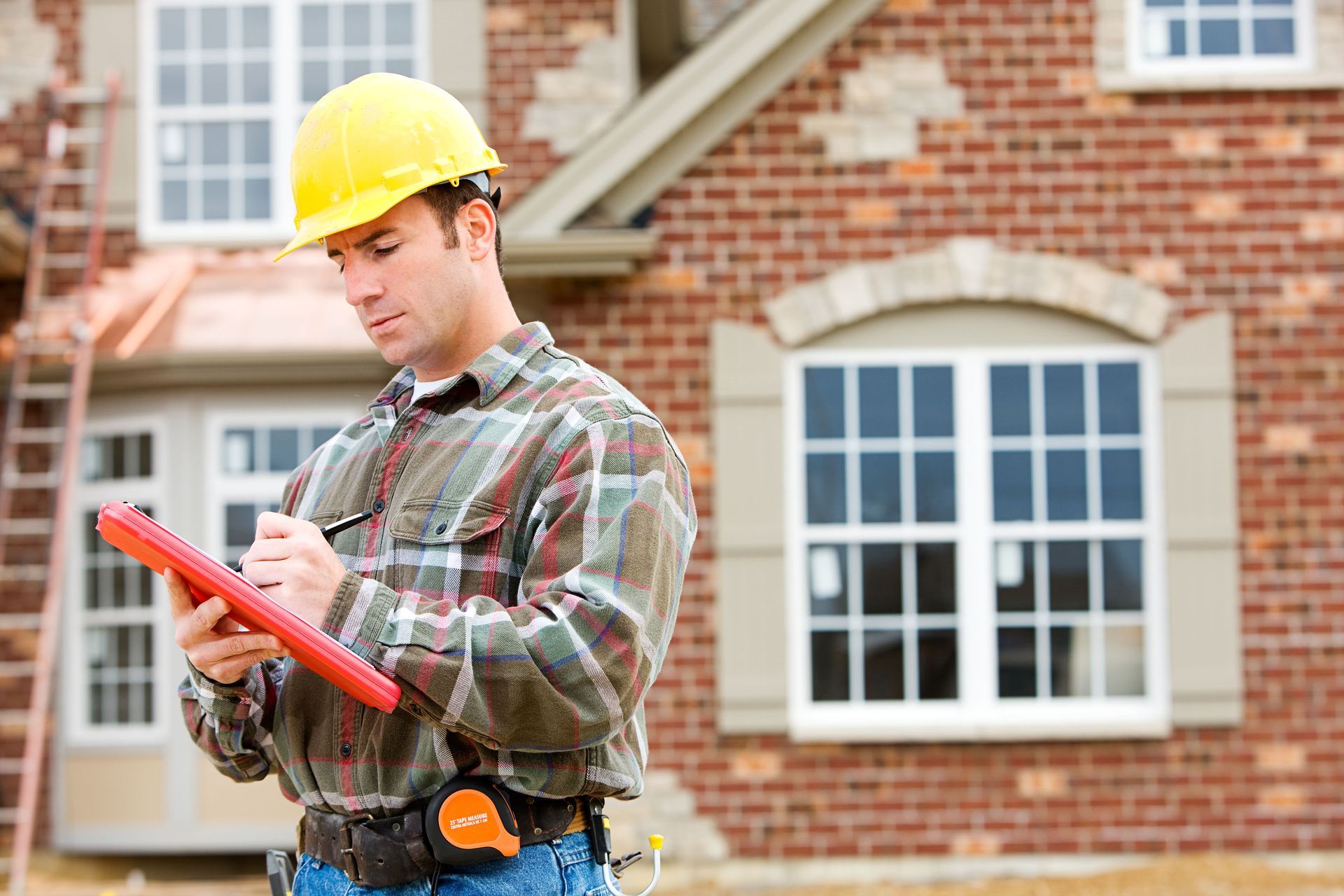
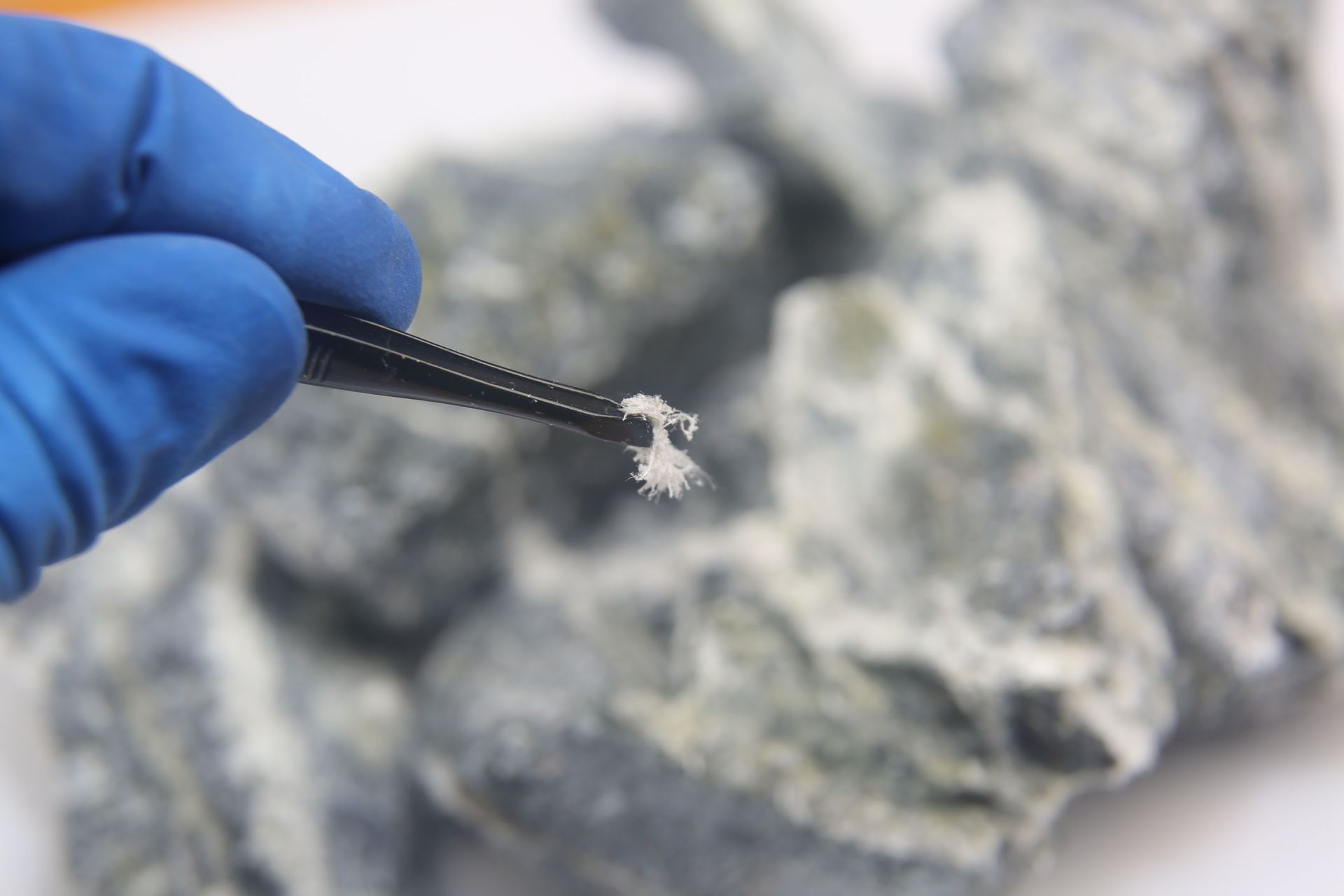
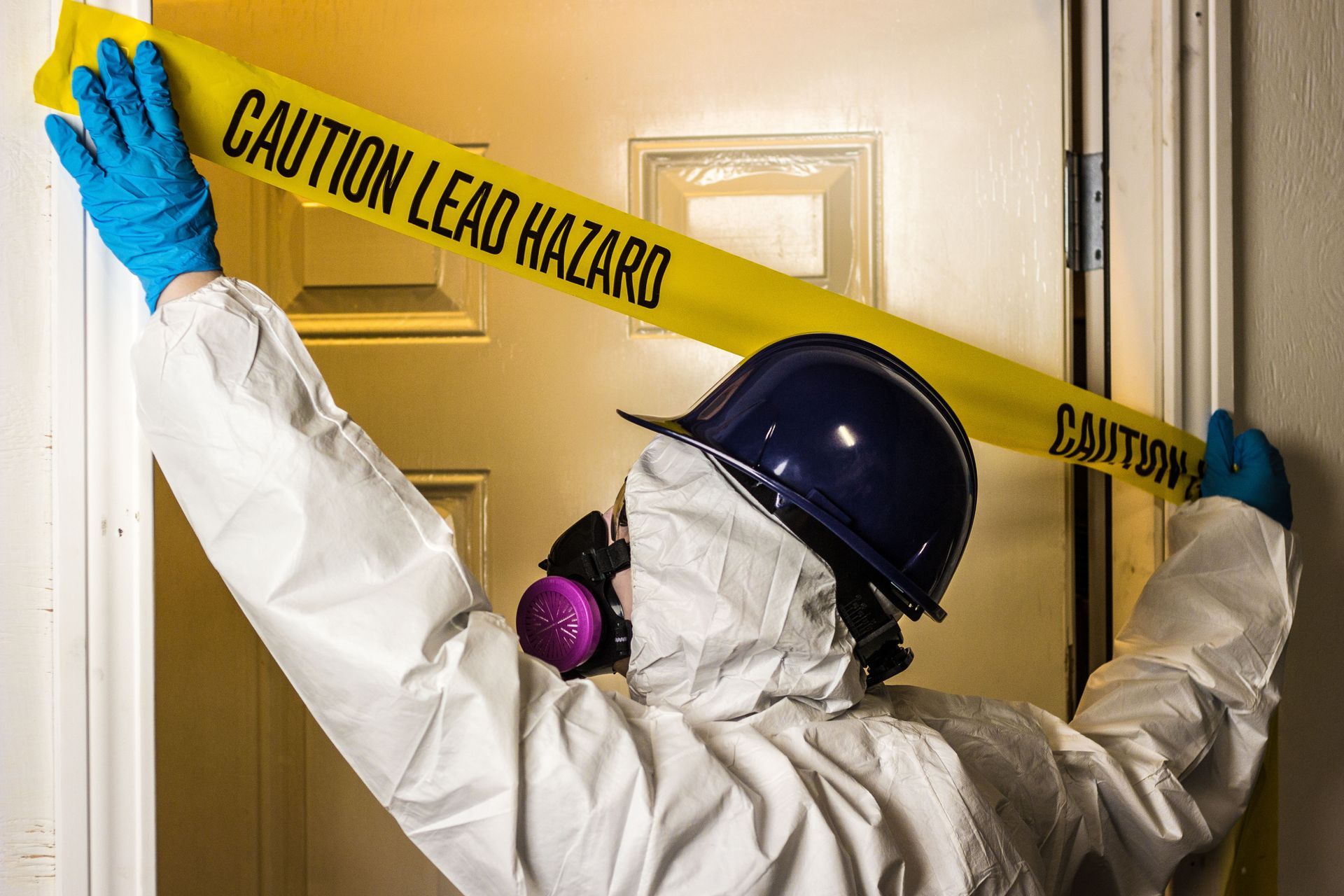
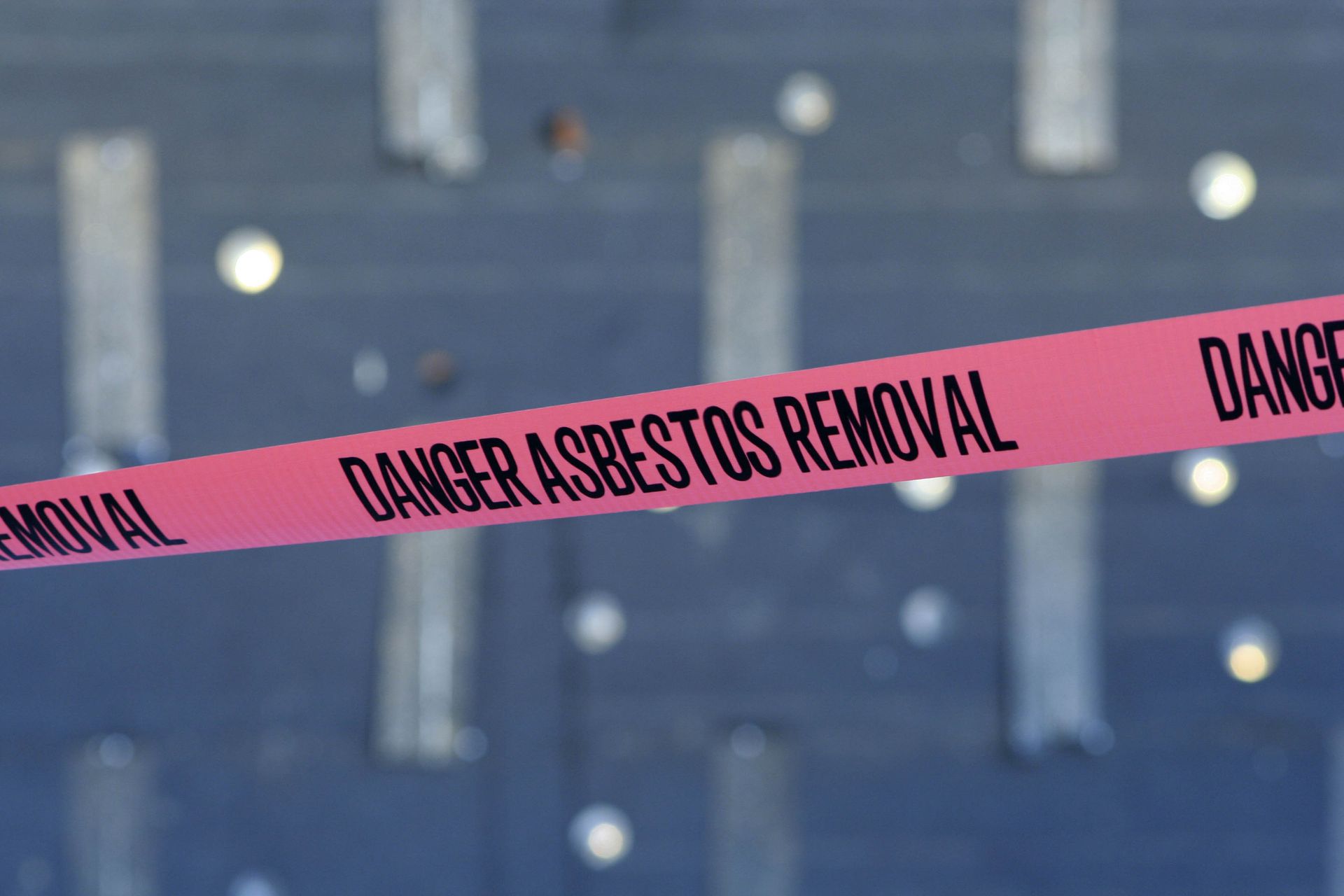
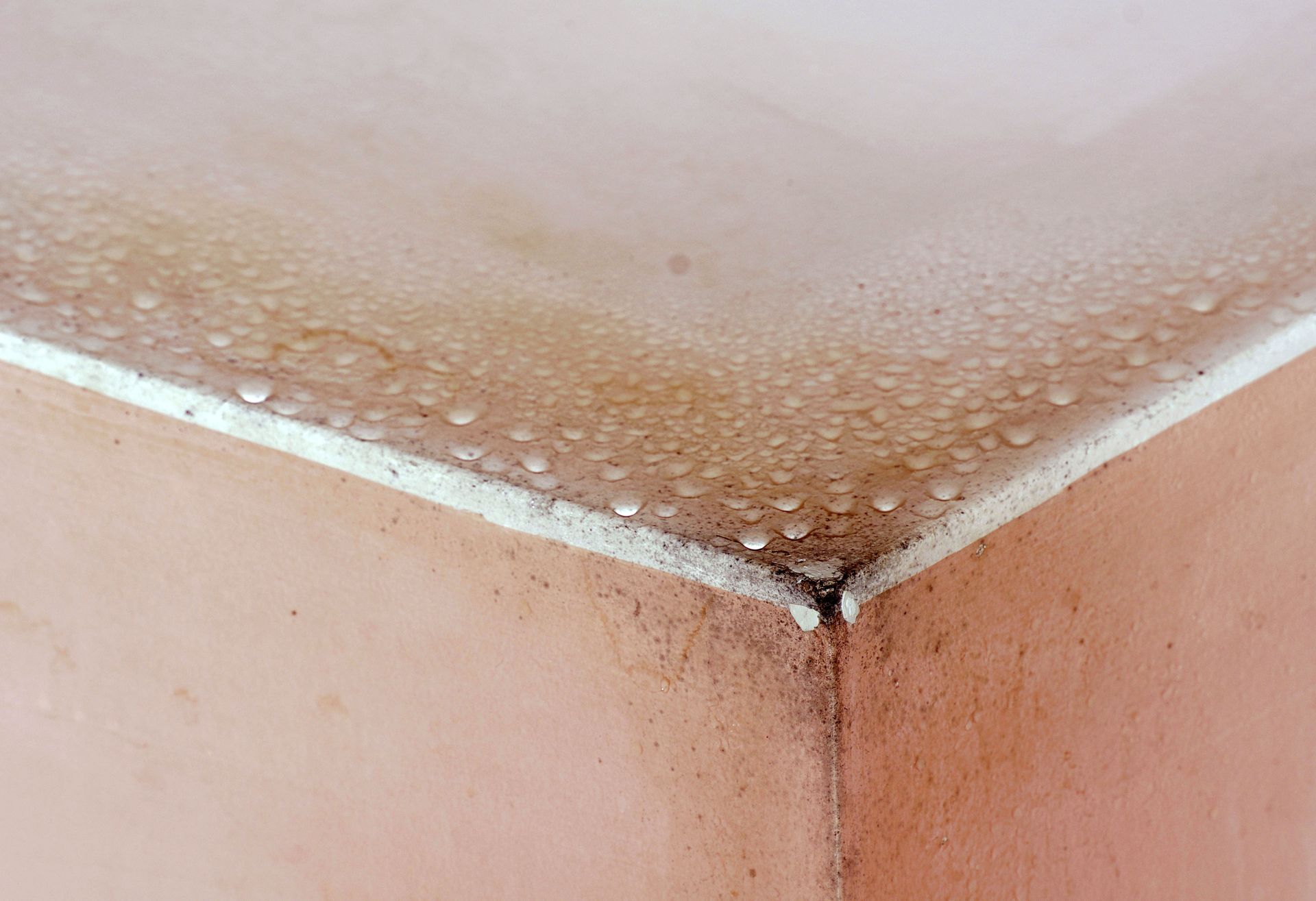

Share On: